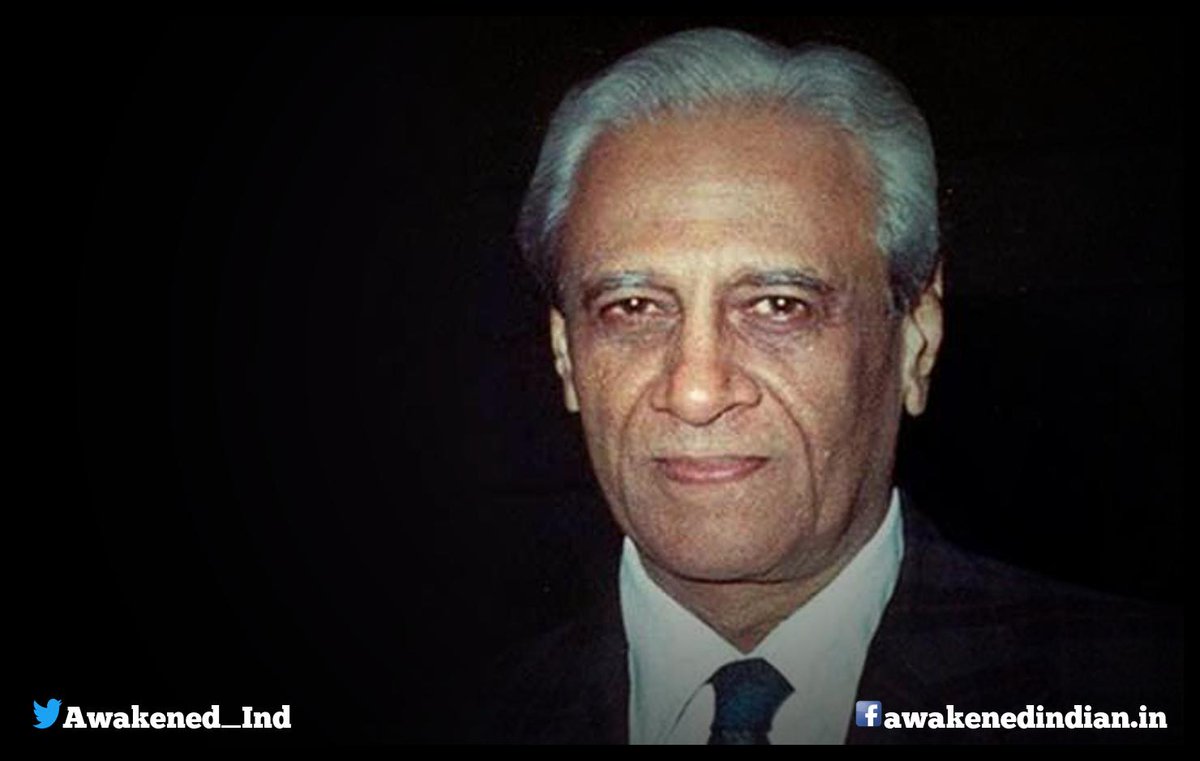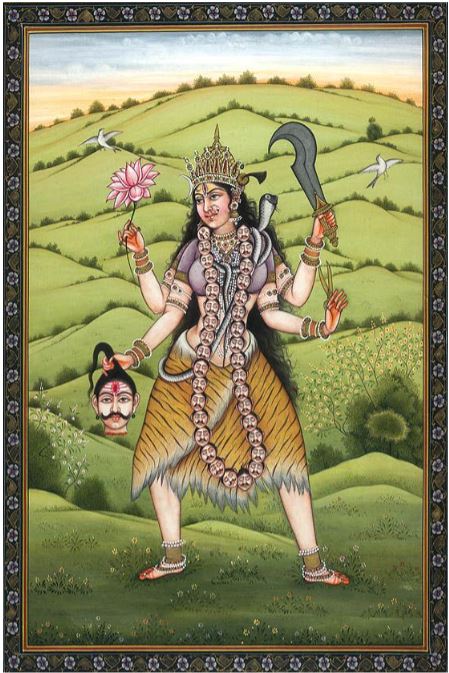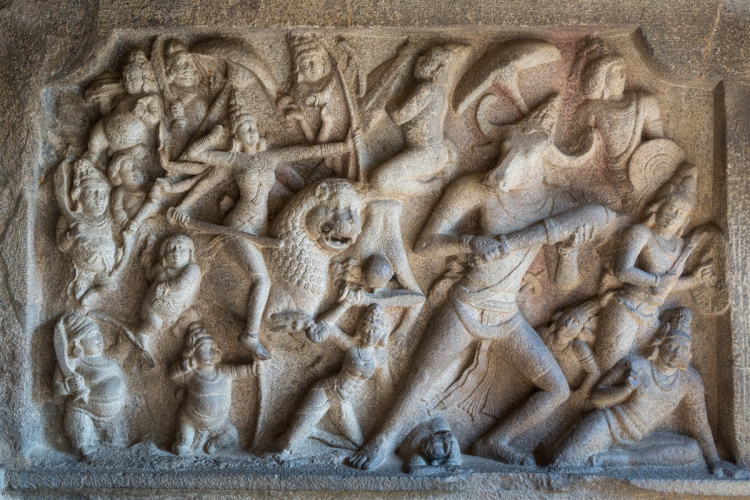
#SatishDhawanCentenary
When Dr. Kalam was the Project Director of the SLV mission and Prof.Satish Dhawan was Chairman of ISRO, the first experimental launch of SLV-3 took place on August 10, 1979. However, despite efforts of the SLV team, the mission was a failure...
1/n
When Dr. Kalam was the Project Director of the SLV mission and Prof.Satish Dhawan was Chairman of ISRO, the first experimental launch of SLV-3 took place on August 10, 1979. However, despite efforts of the SLV team, the mission was a failure...
1/n

and worried about it Dr. Kalam was frightened to face the media. Prof.Satish Dhawan then took Dr.Kalam to the press meet and made him sit aside and he took the blame for the team's failure and said, "We failed!
2/n
2/n
But I have a very good trust in my team that next time we will be succeeding for sure". Notably, he allowed Dr Kalam to conduct the press-conference next time when the mission succeeded. Prof. Satish Dhawan, the father of Experimental Fluid Dynamics Research in India,
3/n
3/n
along with being a demanding research guide and a pragmatic engineer was a successful leader who ensured that the project director had an ultimate say over the project which ensured the independent efforts of the team and work towards a common goal.
4/n
4/n
Dr. APJ Abdul Kalam and Roddam Narasimha in their book, “Developments in Fluid Mechanics and Space Technology” write, “Professor Dhawan in his professional career has been engineer, teacher, research scientist, technologist, manager, leader and adviser —
5/n
5/n
often all at the same time. His great human qualities, a deep commitment to social values and extraordinary objectivity in management have led several generations of students, colleagues and administrators to efforts that they would otherwise not have taken.”
6/n
6/n
Today i.e. 25th September 2020, marks the centenary year of his birth anniversary, we remember the multi-faceted son of India!
Image Reference: IndiaToday
#SatishDhawan
Image Reference: IndiaToday
#SatishDhawan
• • •
Missing some Tweet in this thread? You can try to
force a refresh








